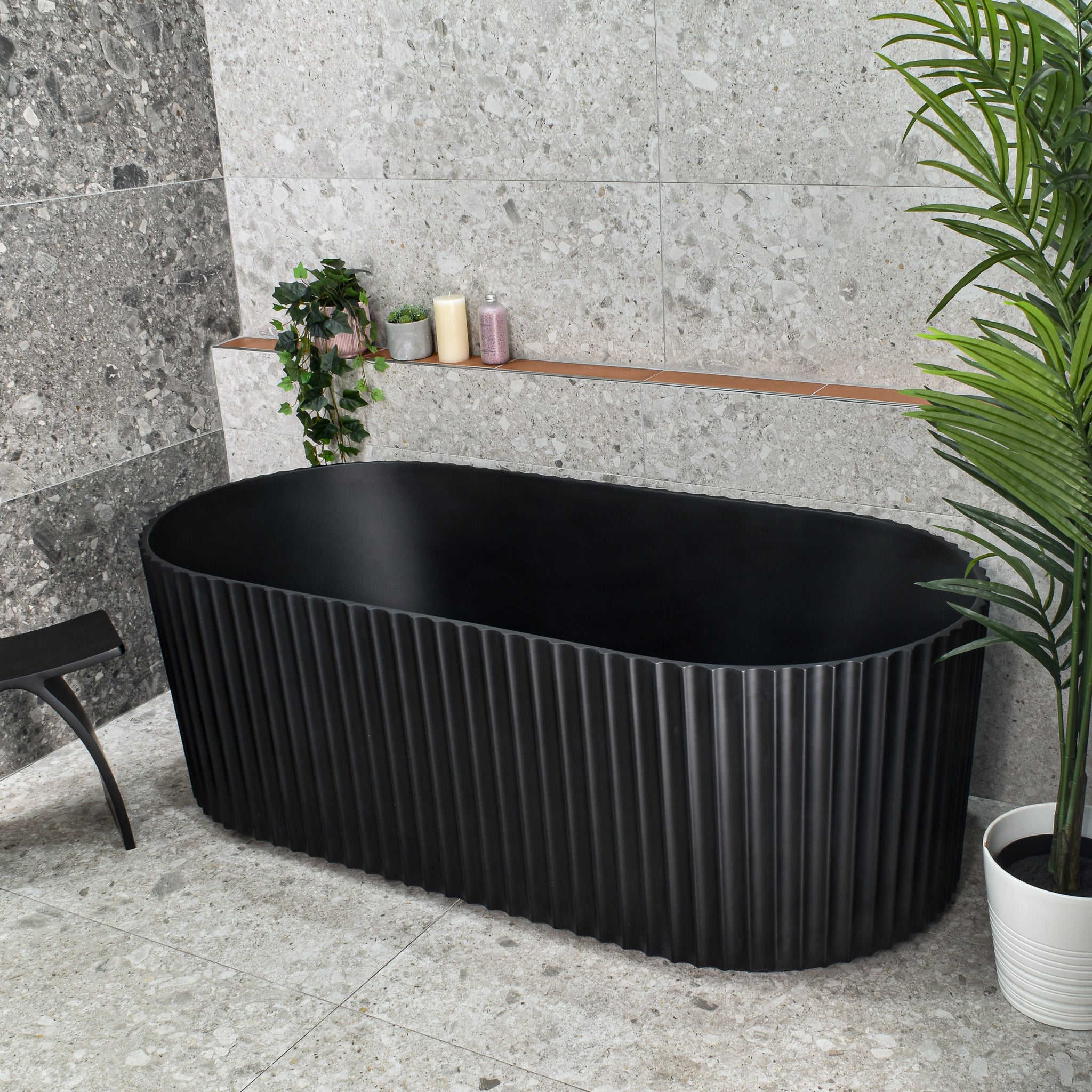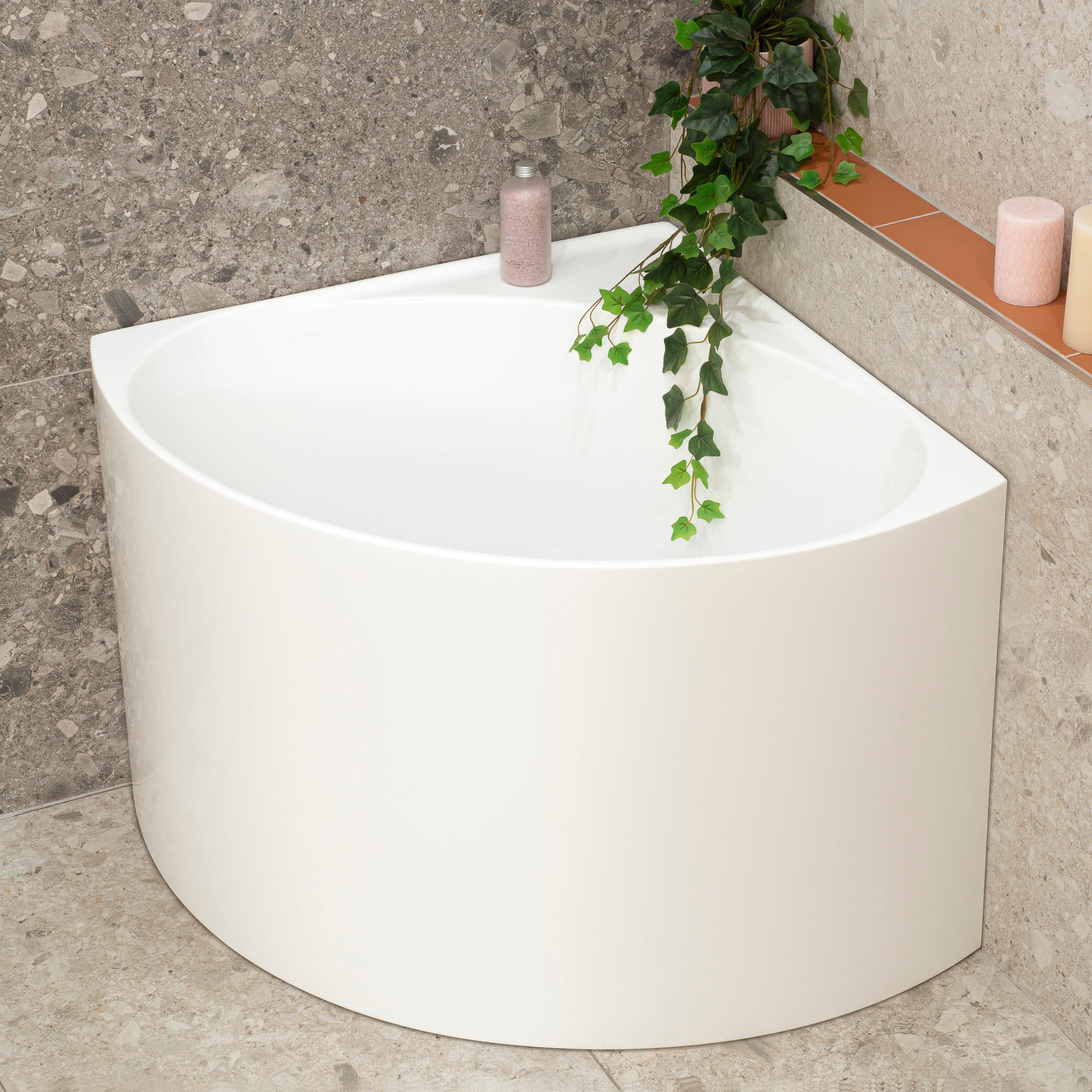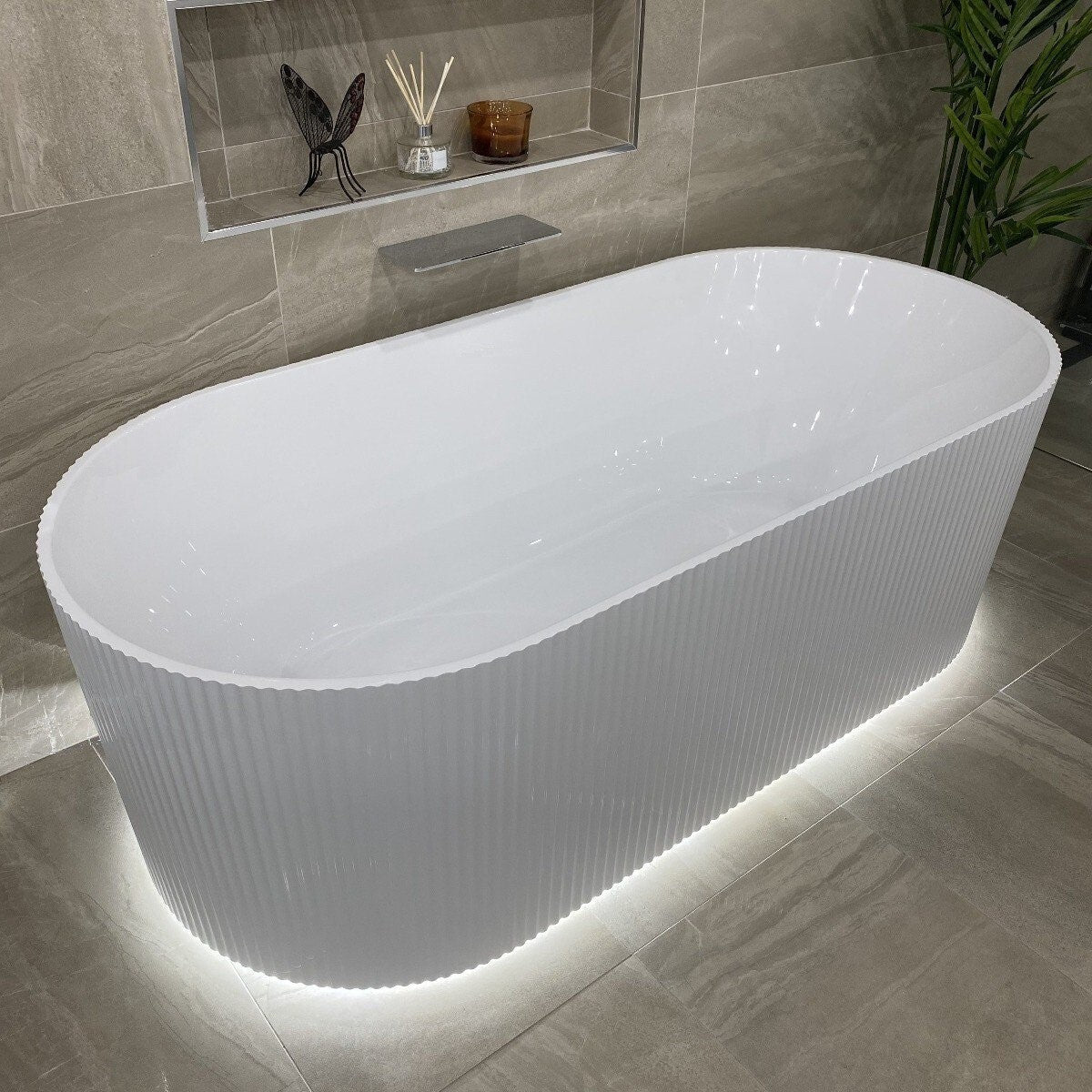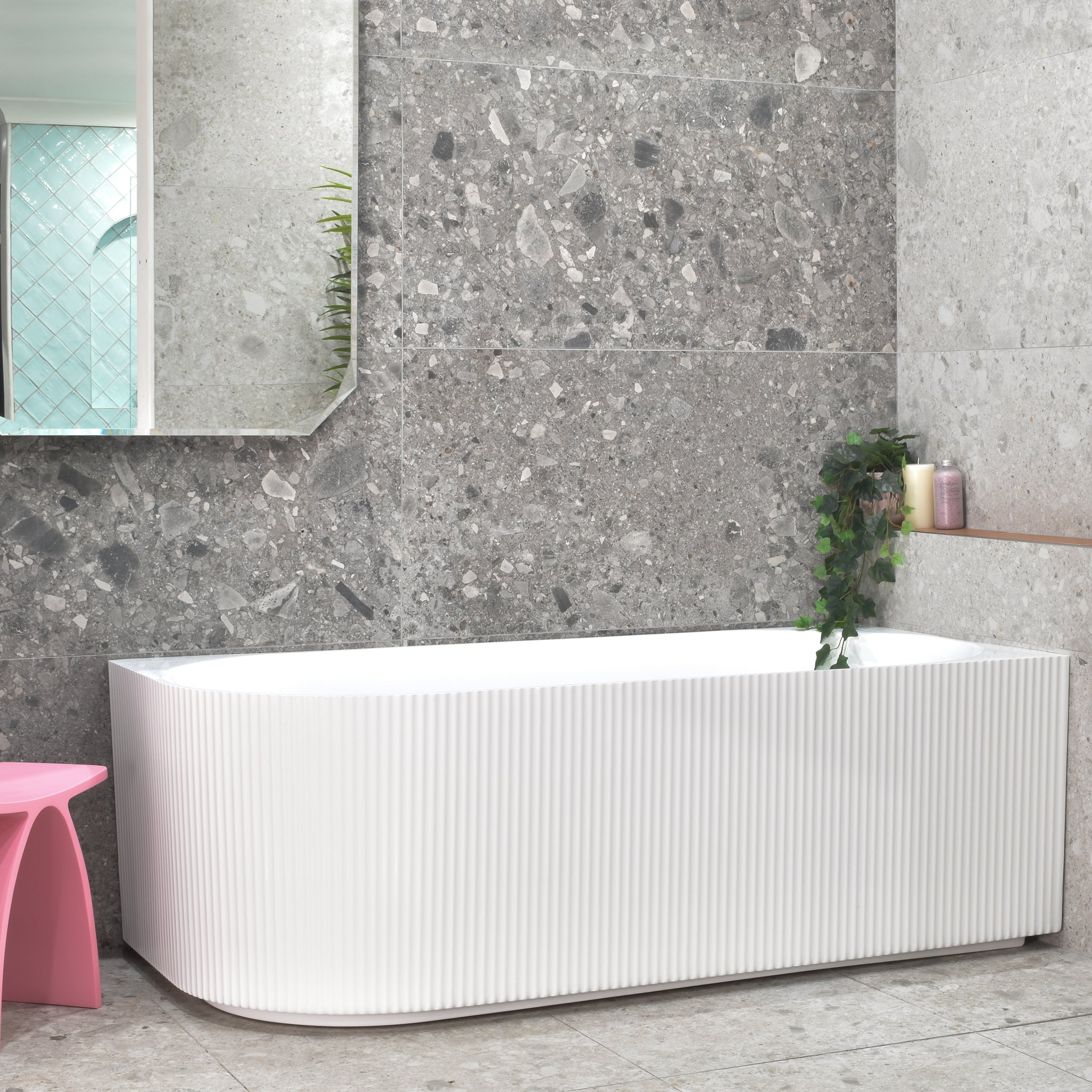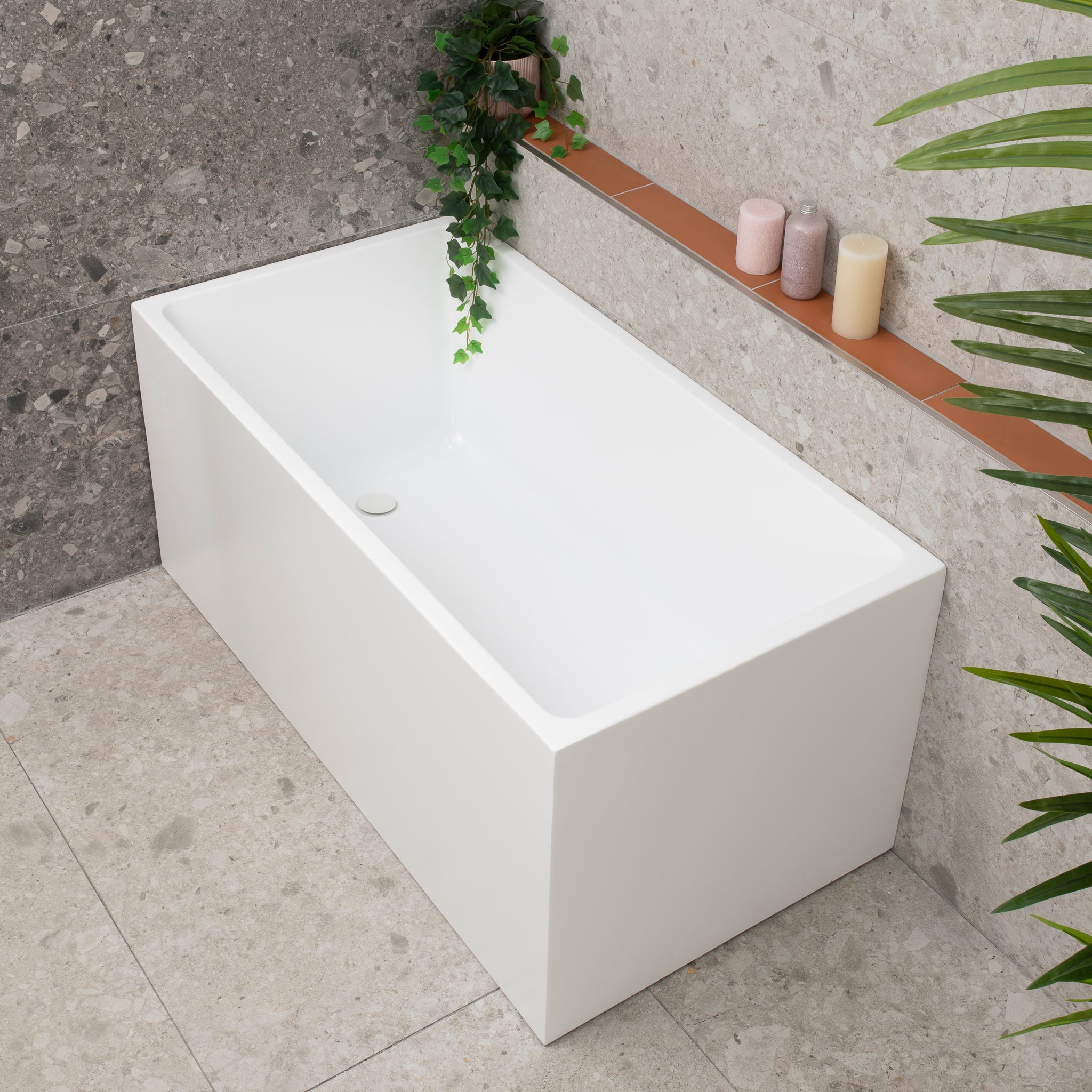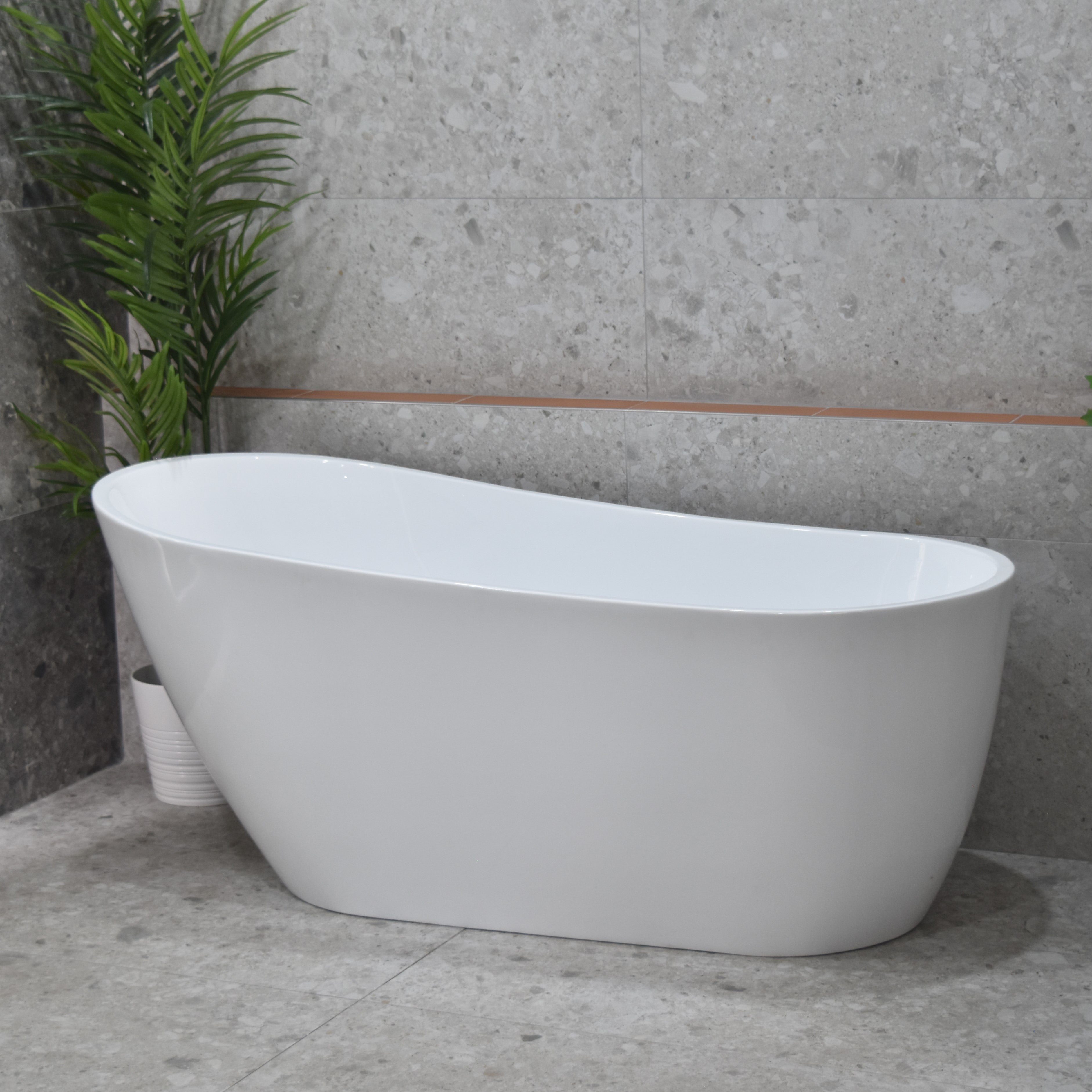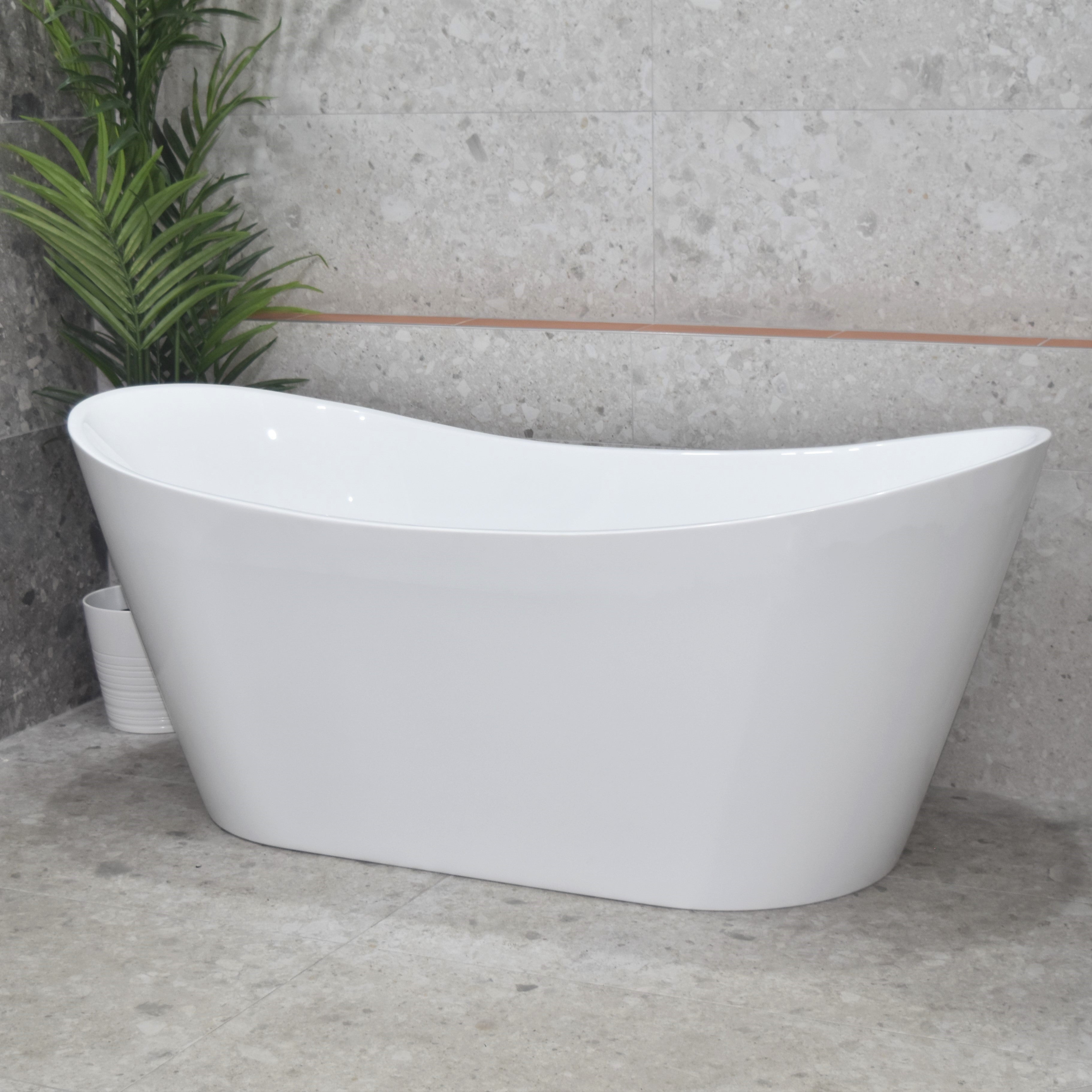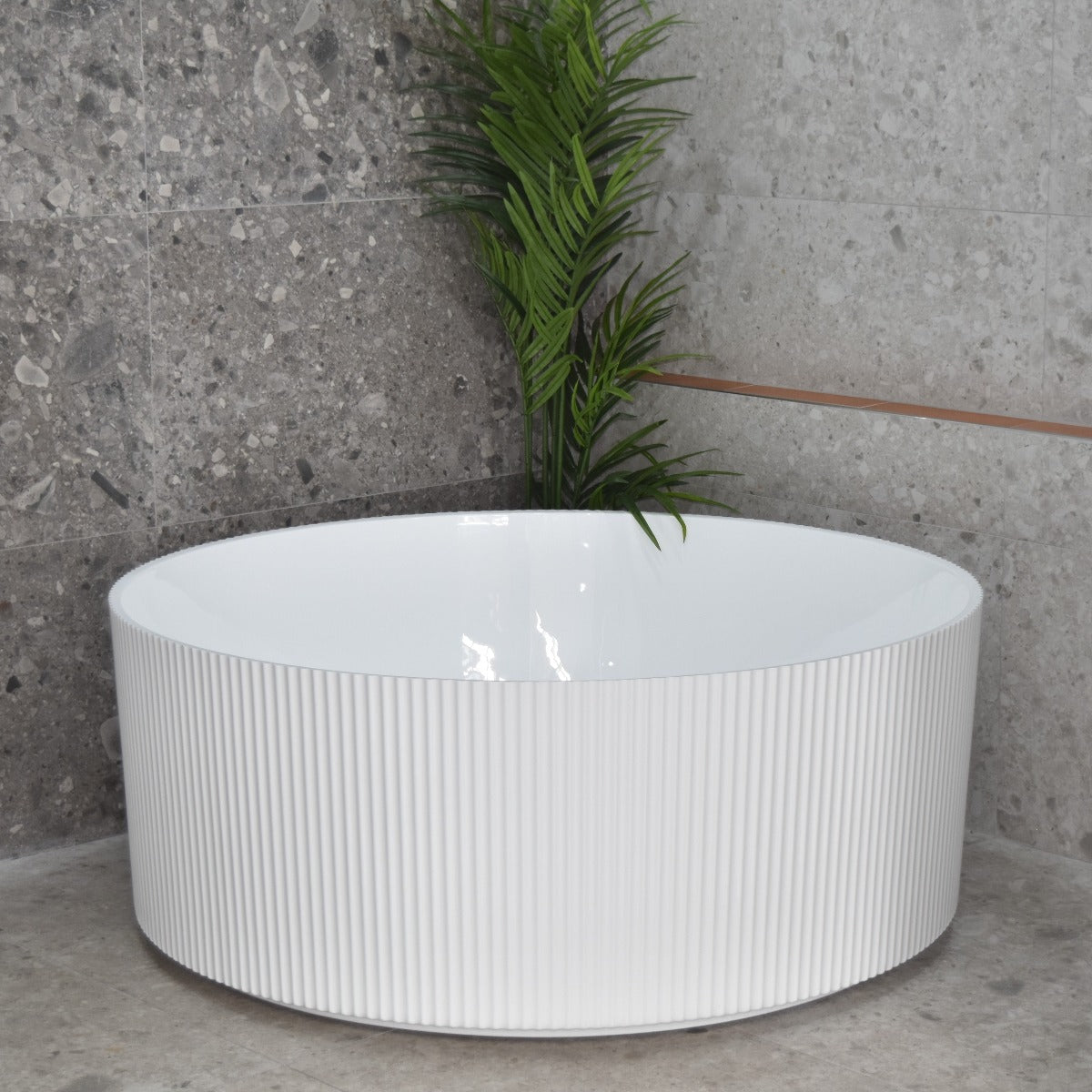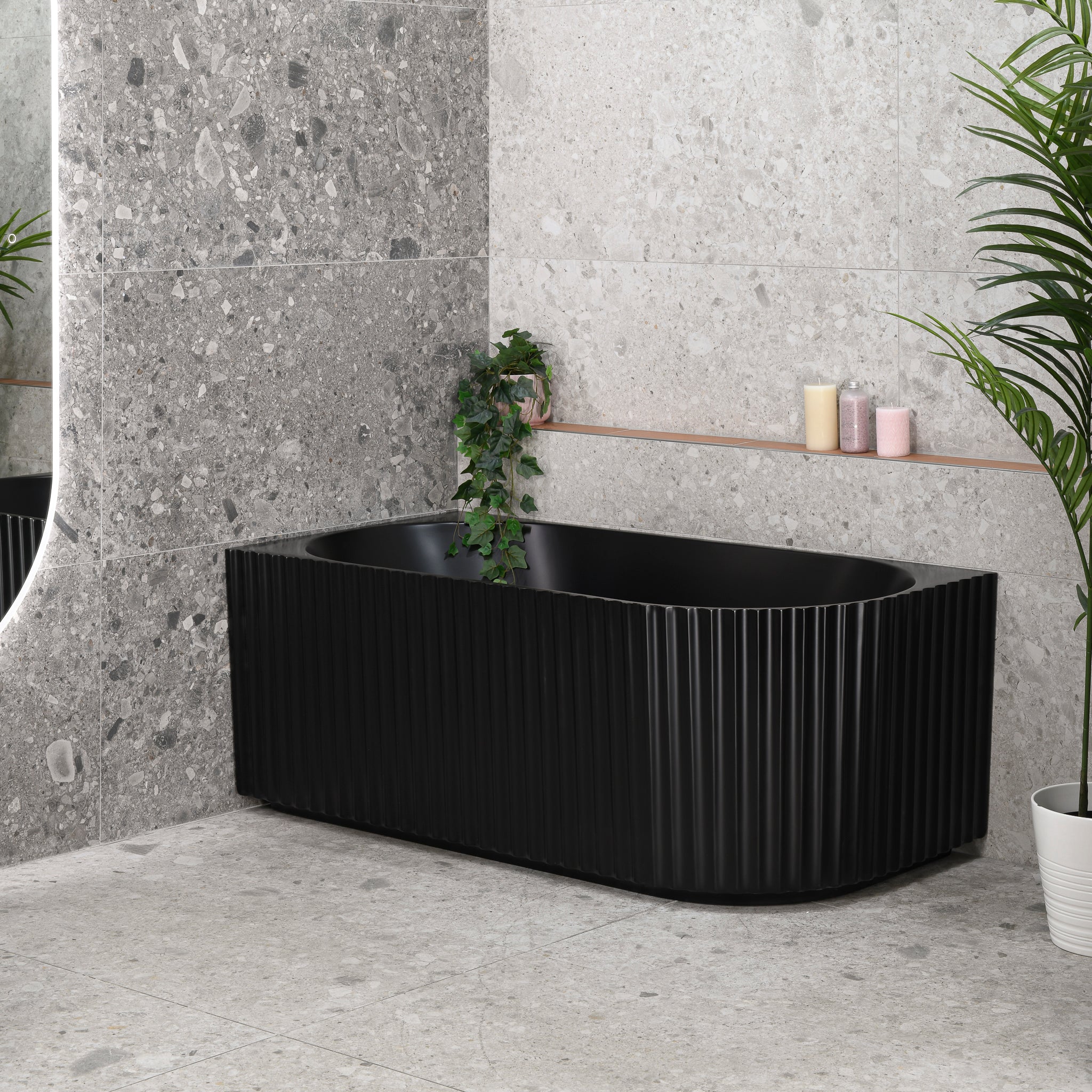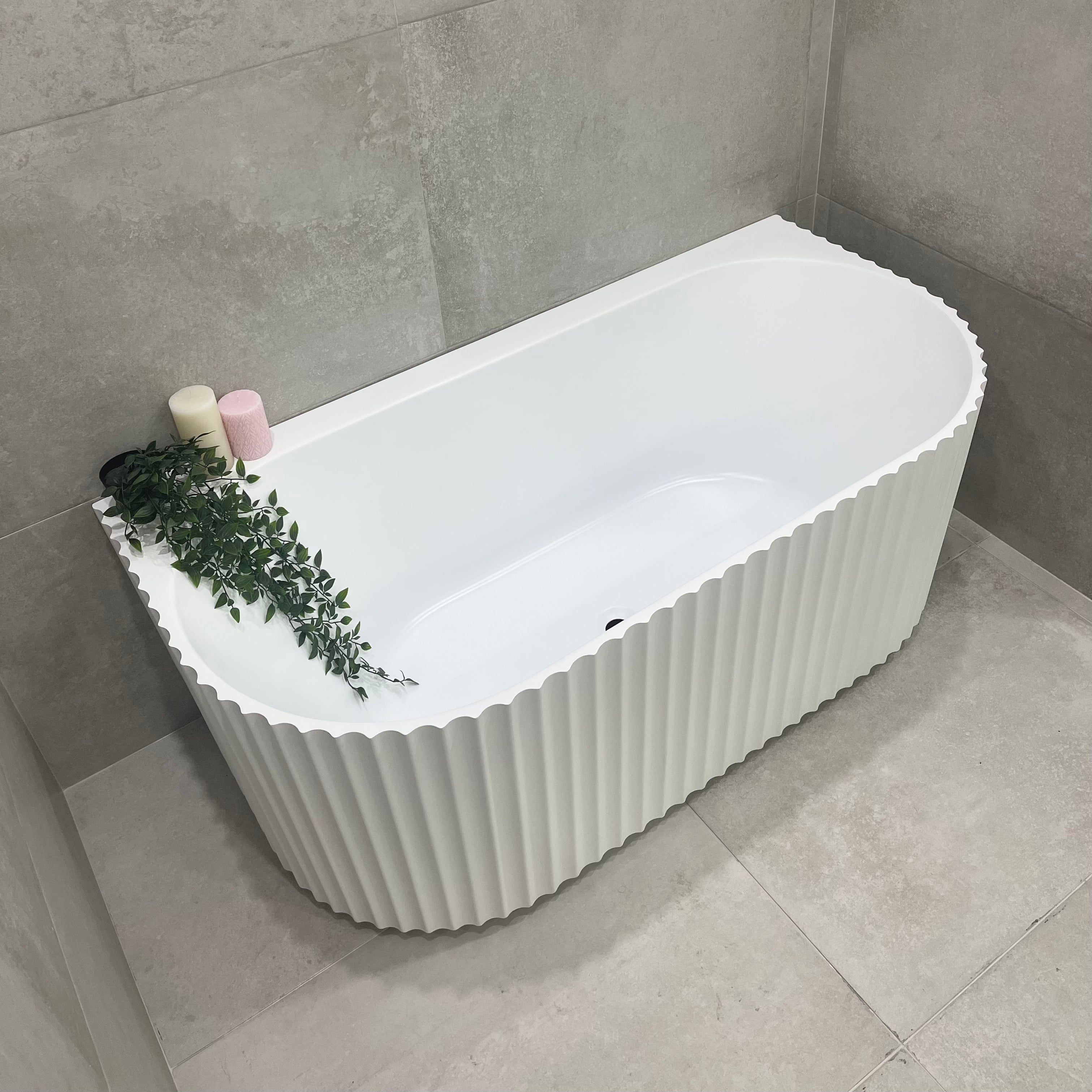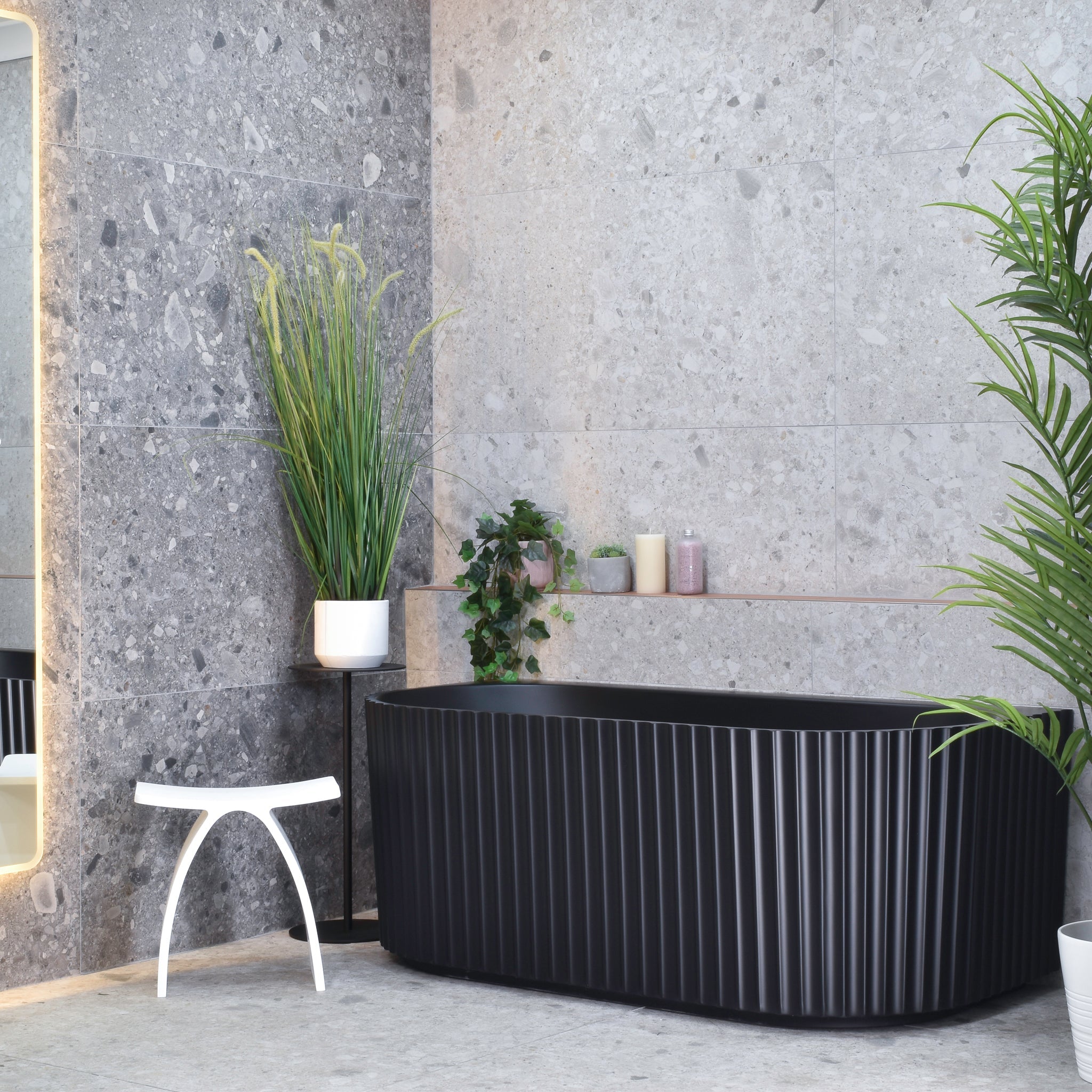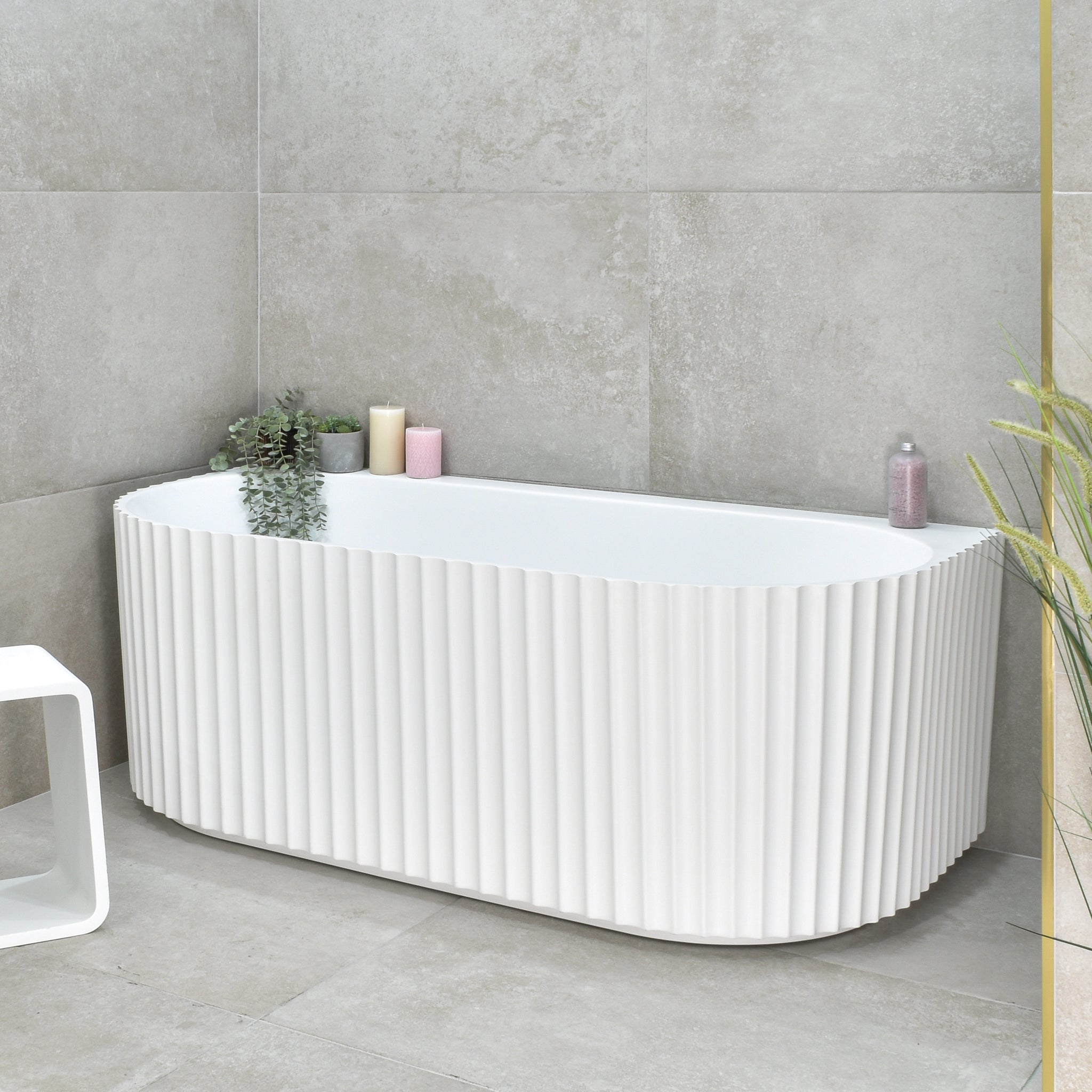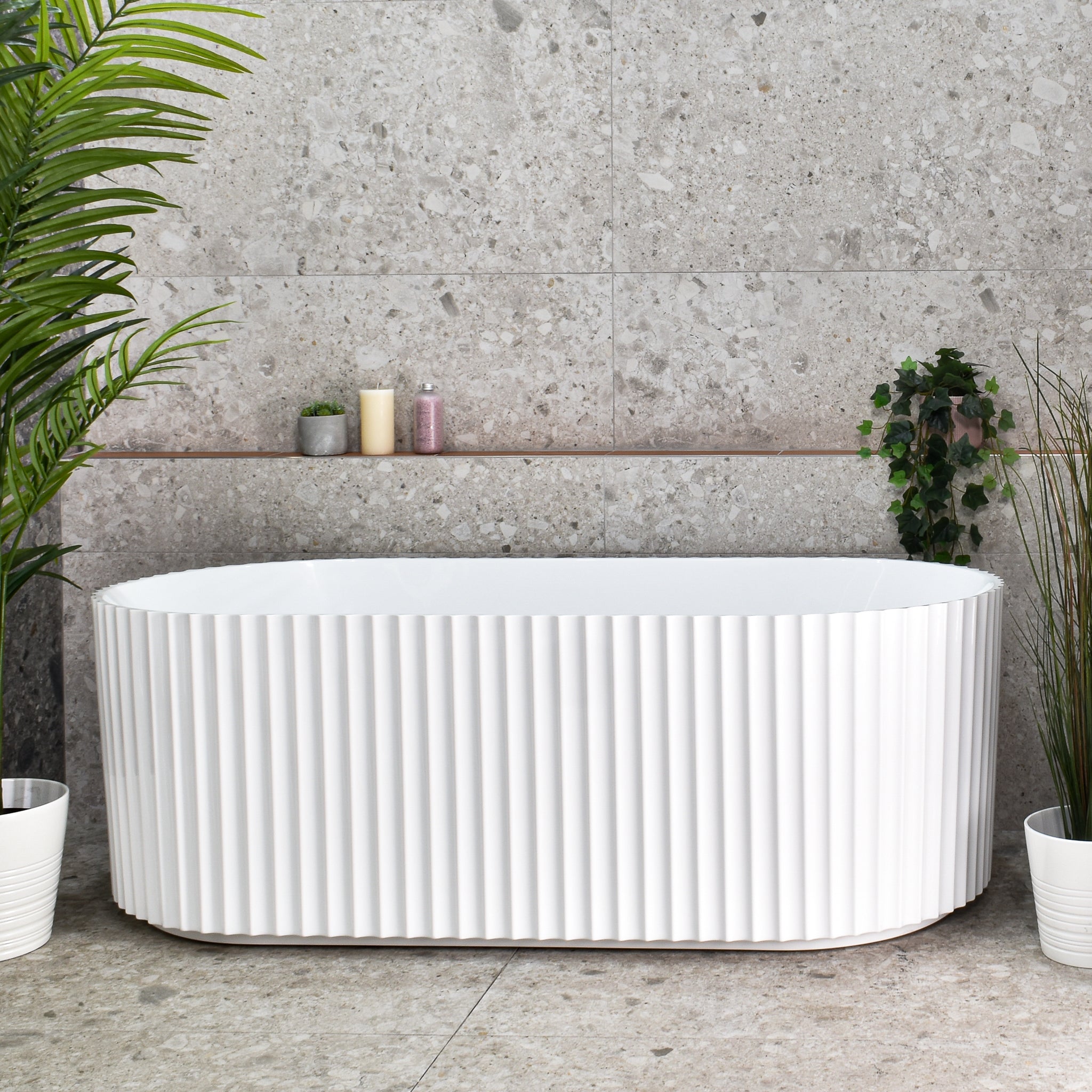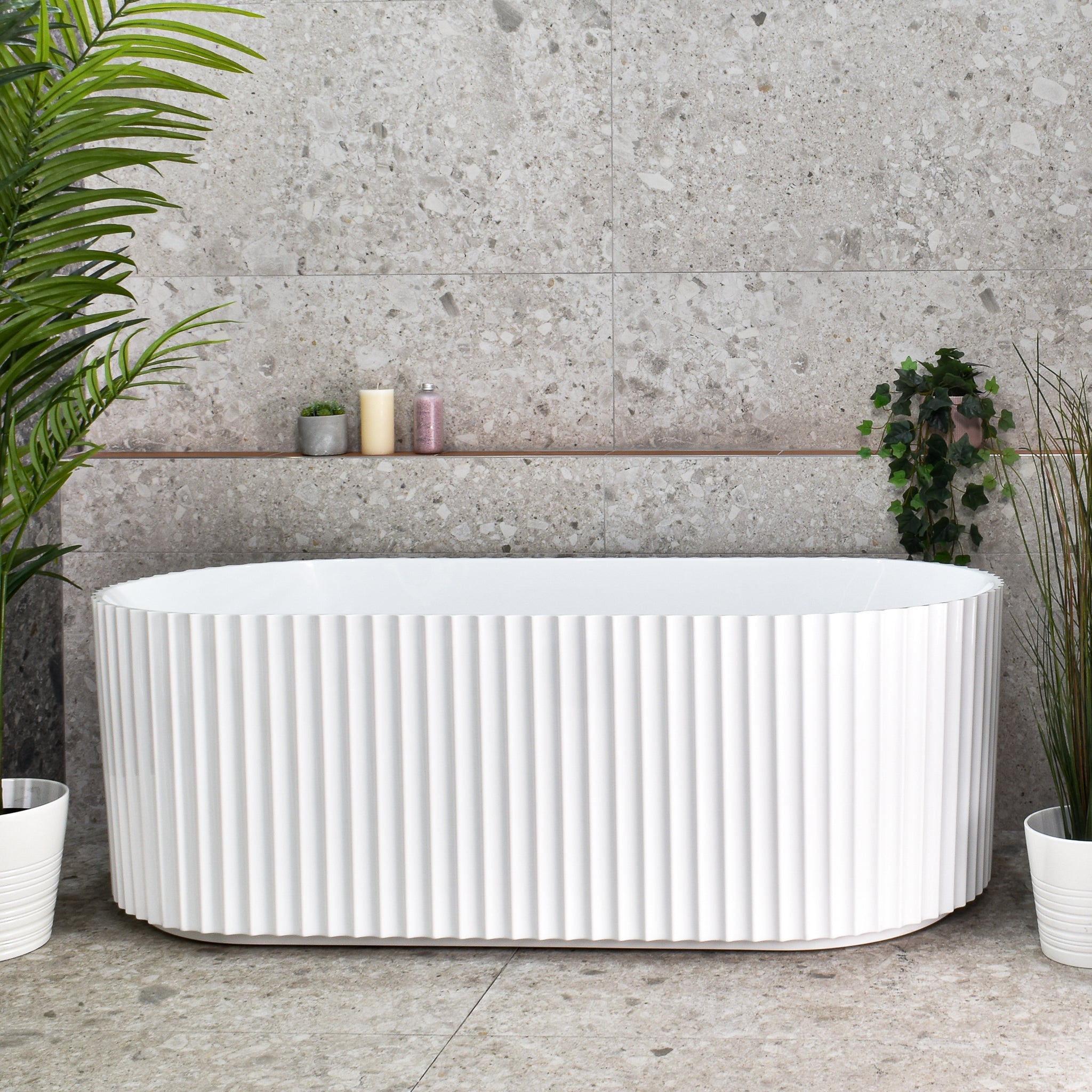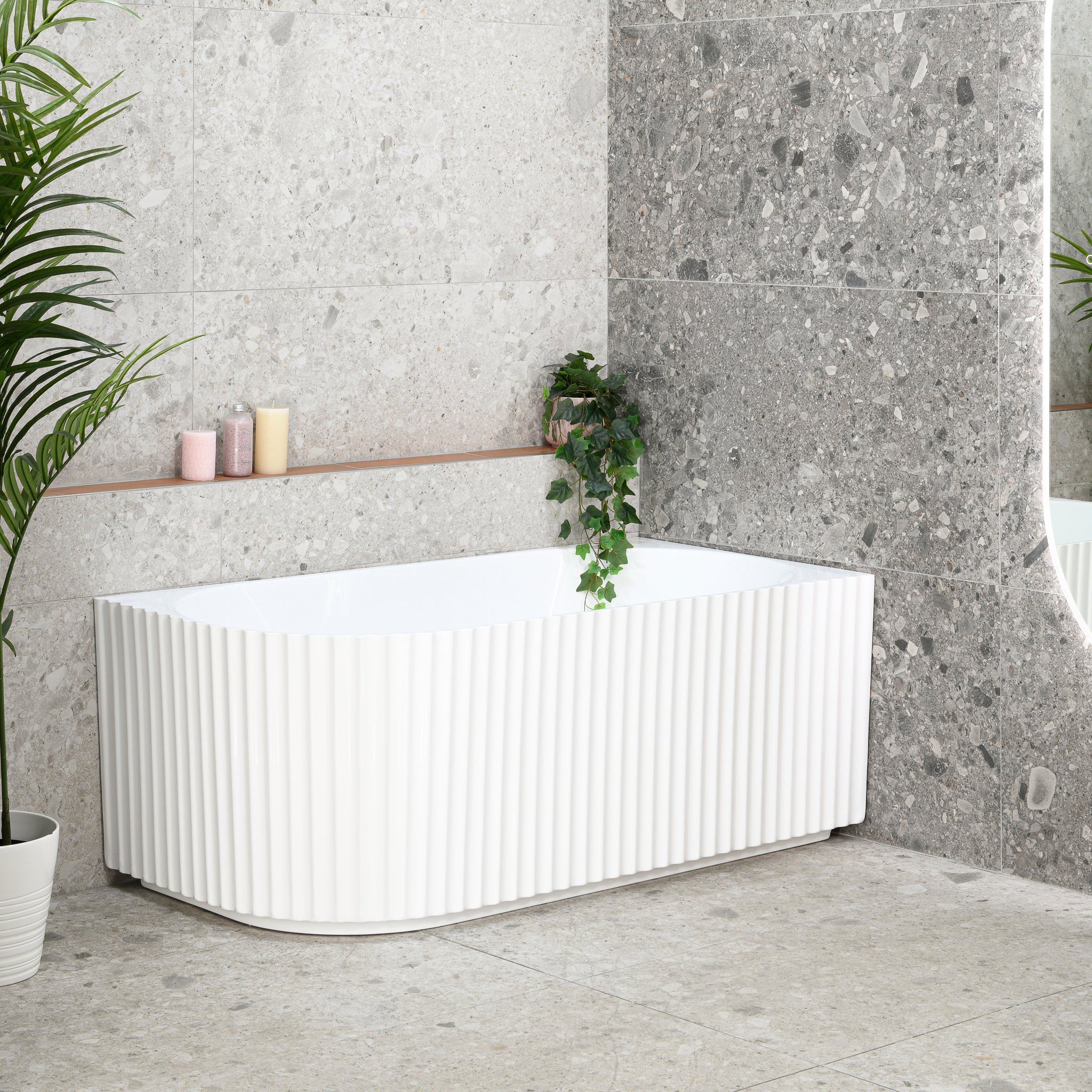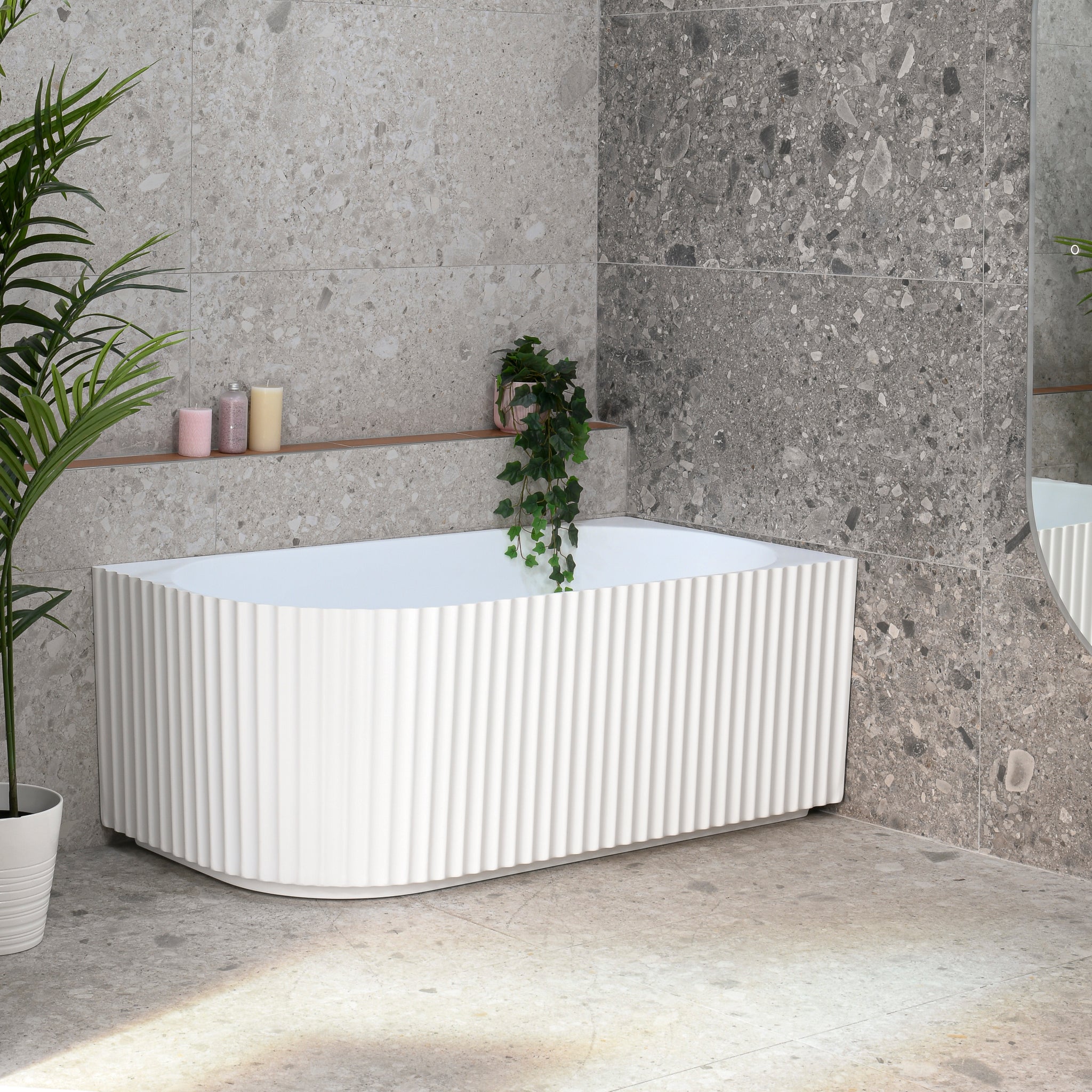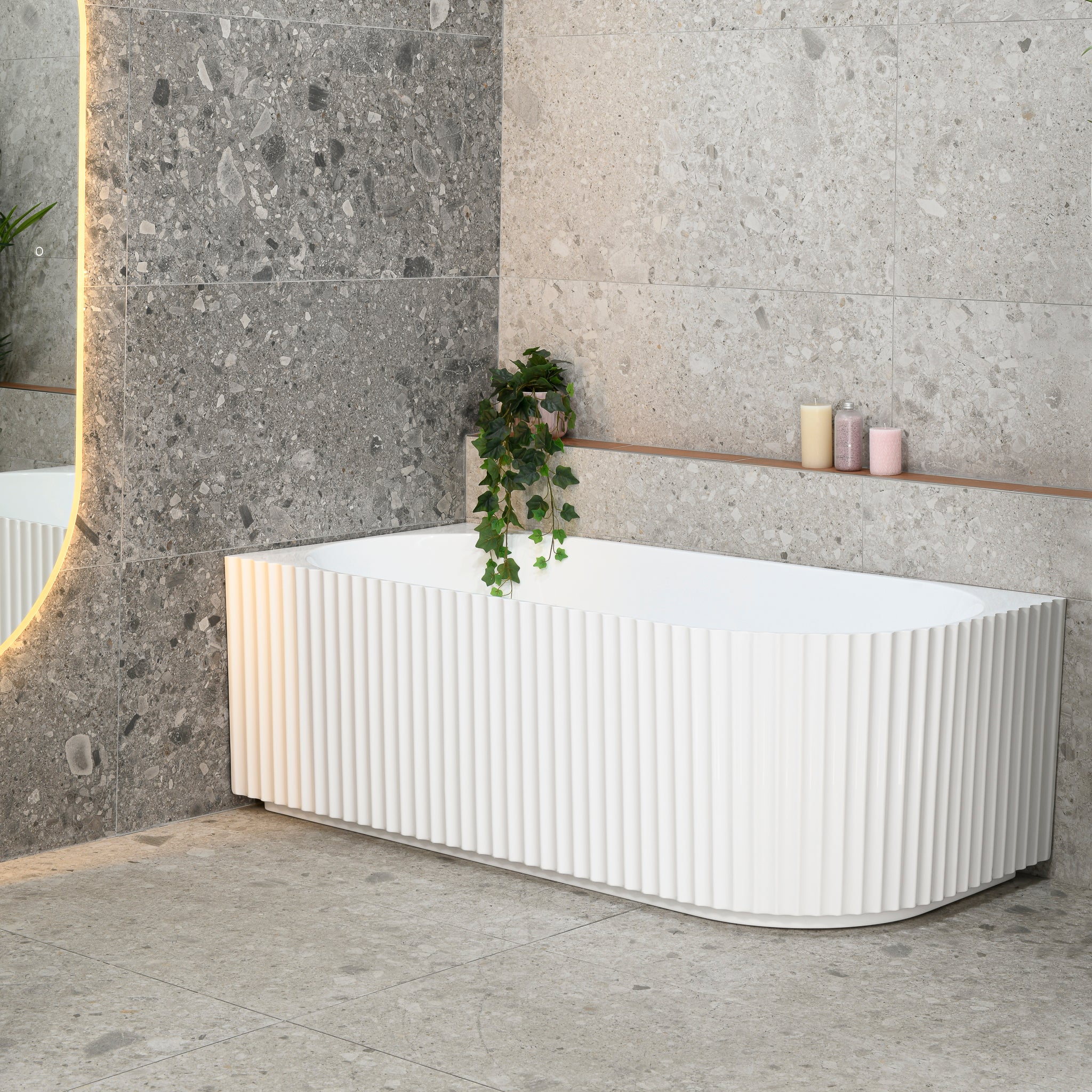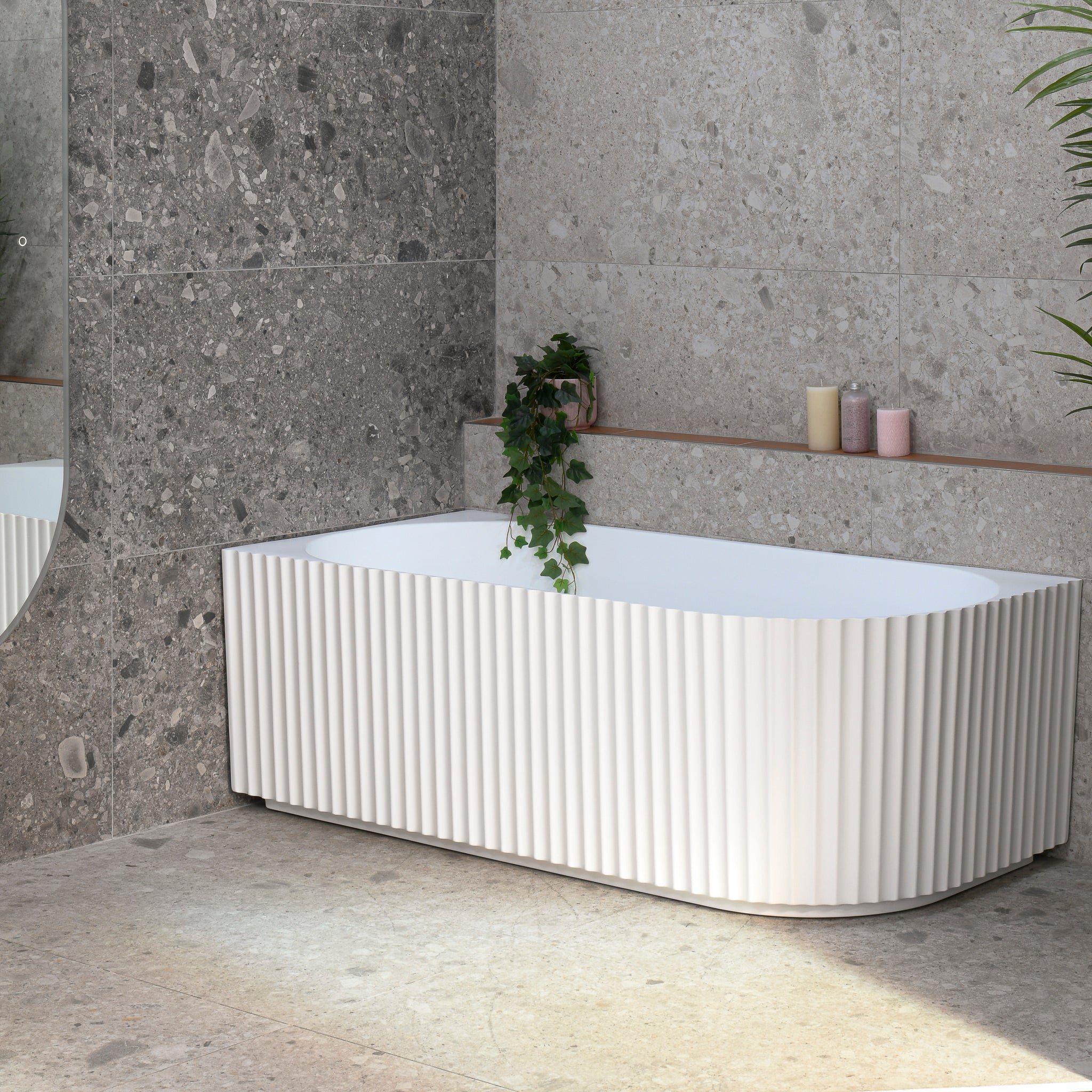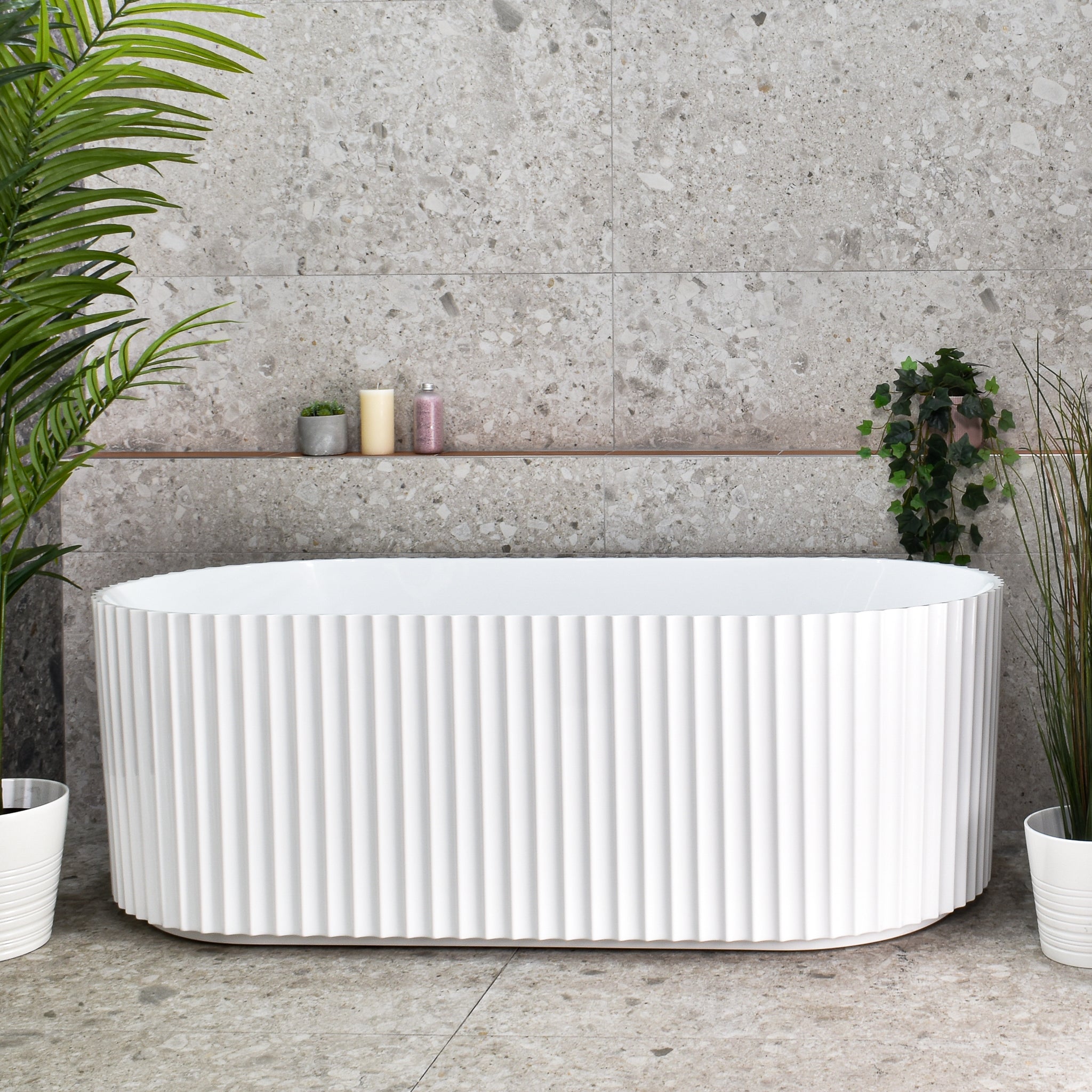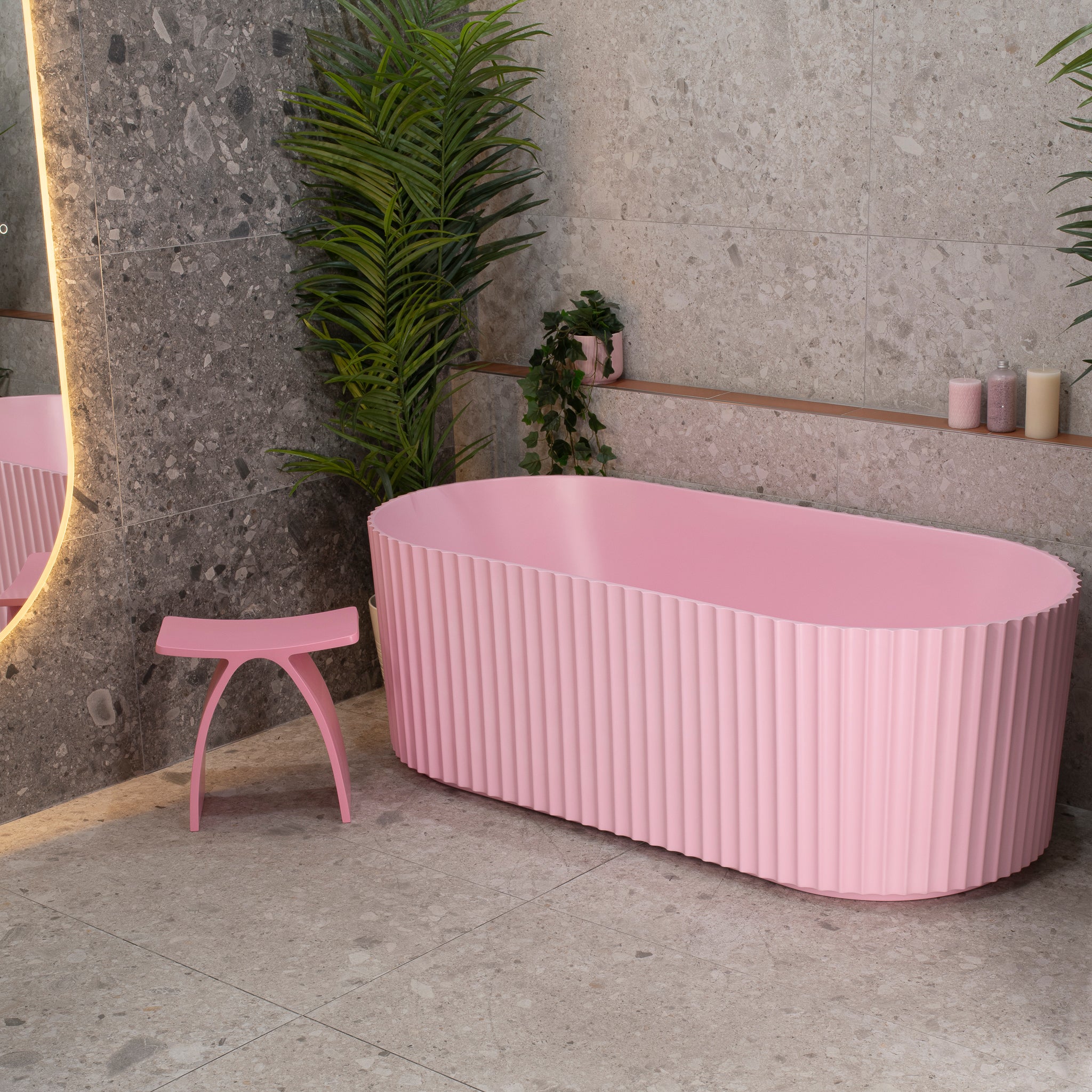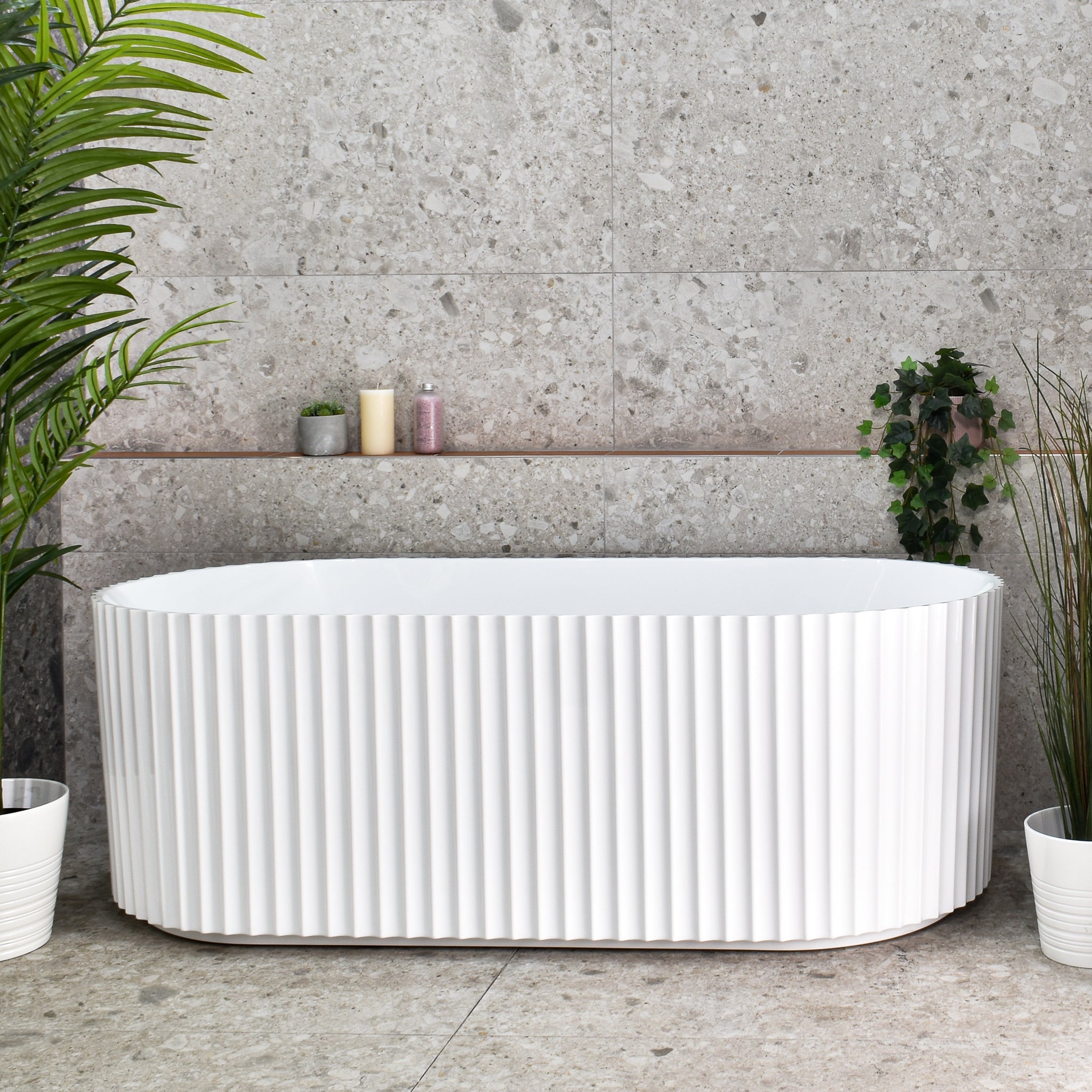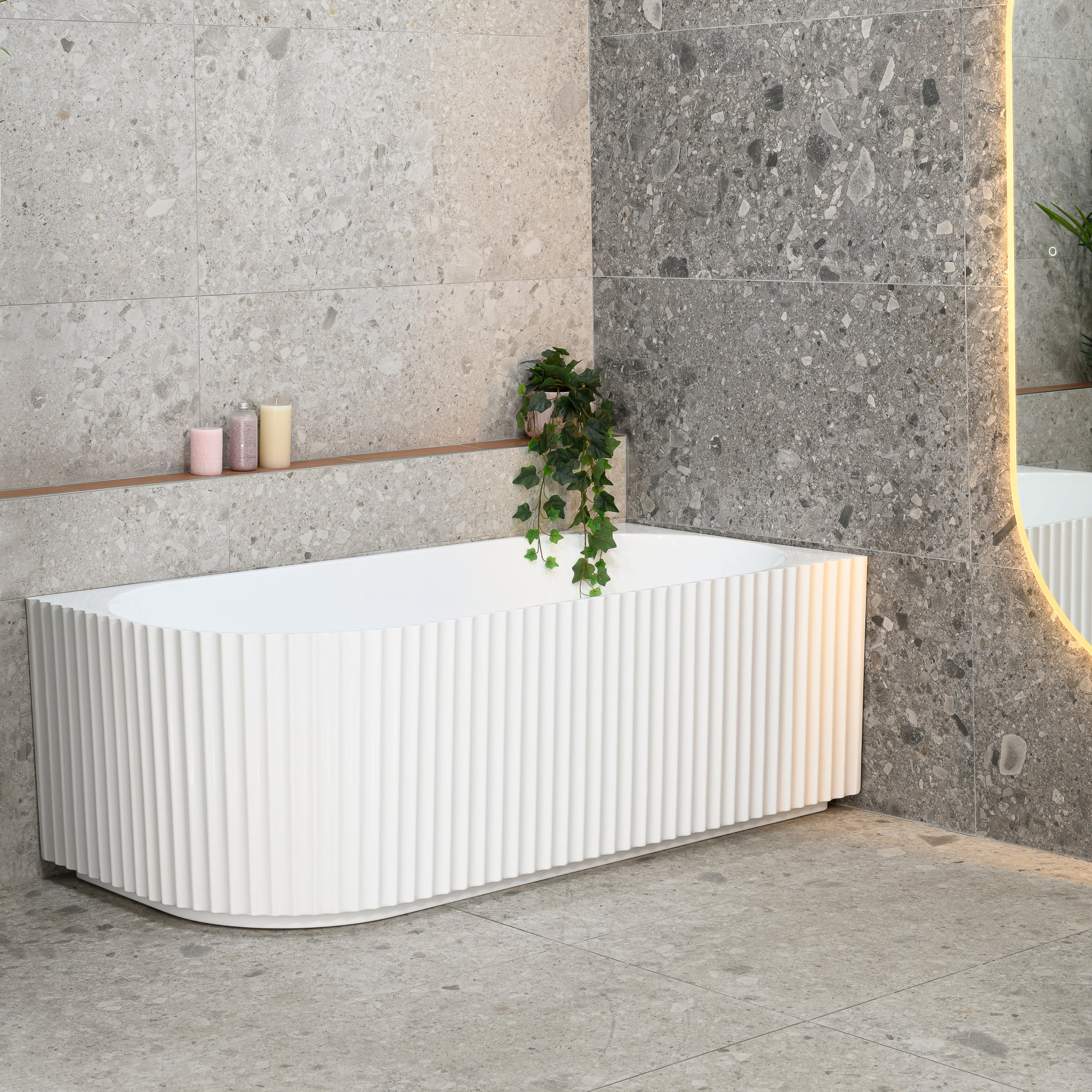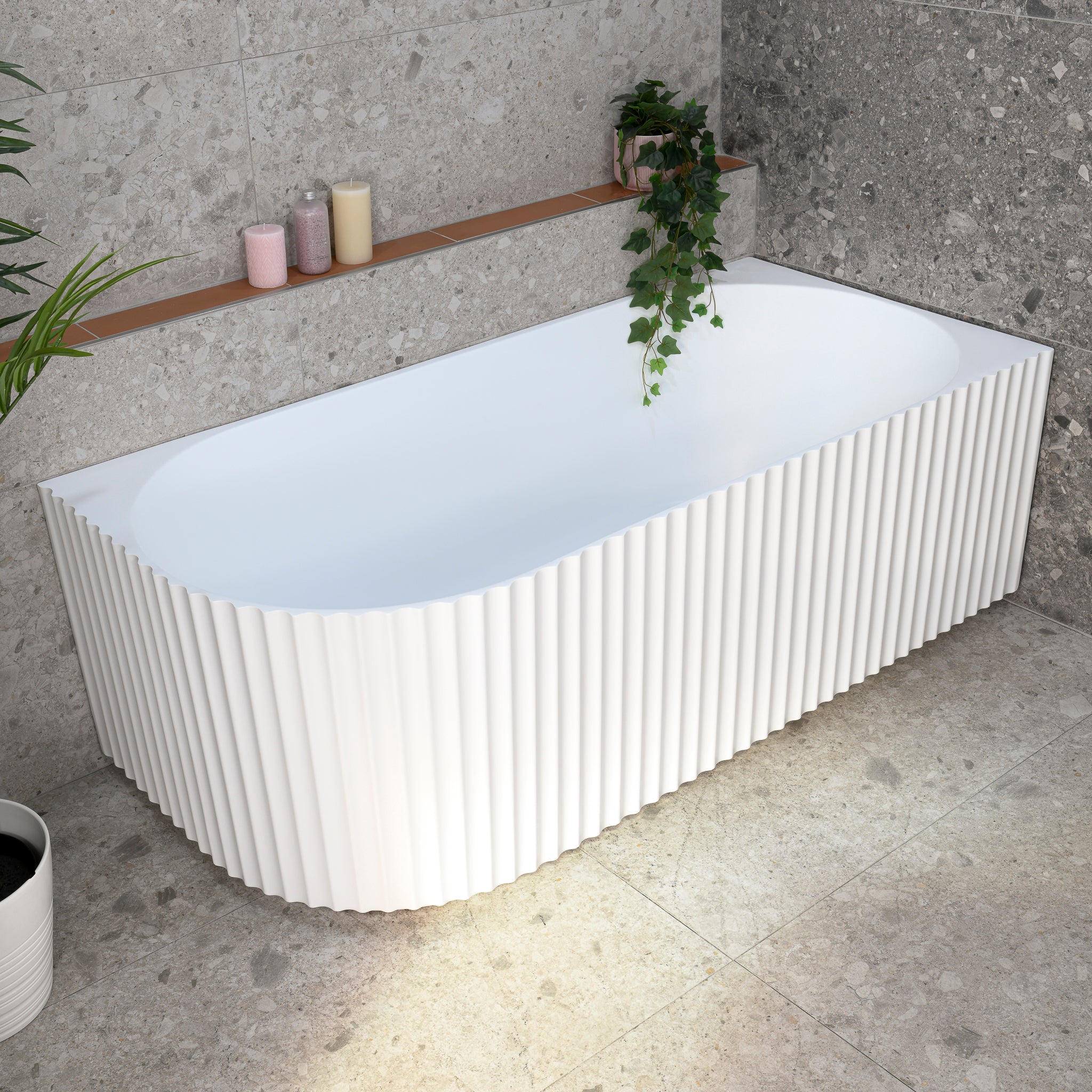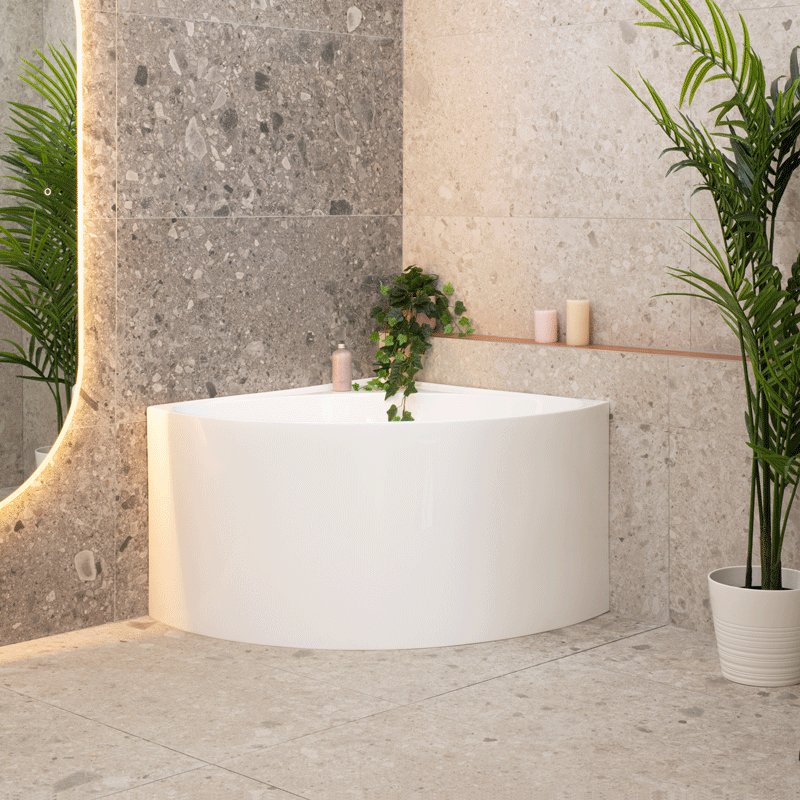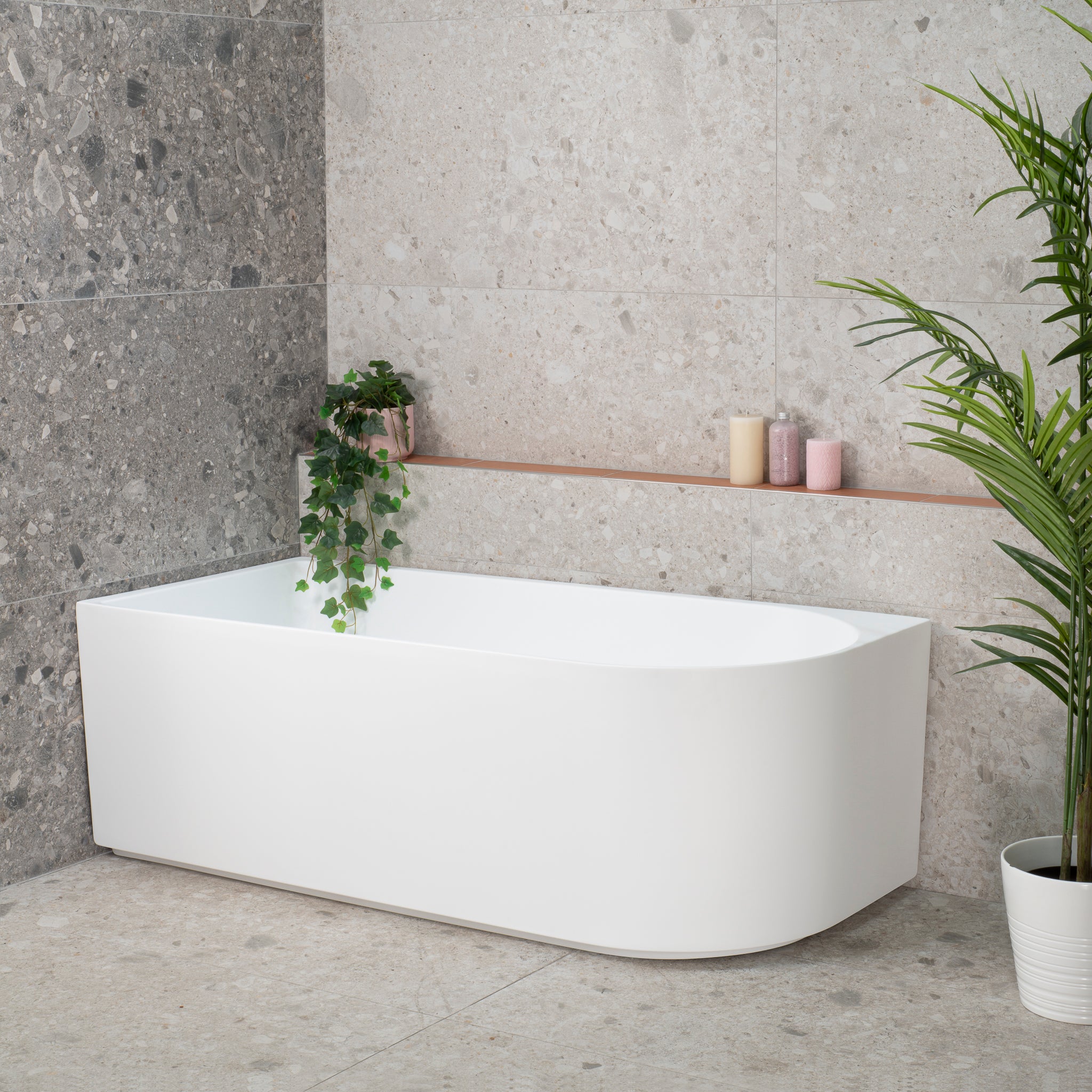What is unique about new bathroom design in 2016?
There have been unique trends in new bathroom design in 2016, as well as the continuation of some design styles adopted from previous years.
People’s goals have not changed, with the vast majority of people wanting their bathrooms to look modern, feel good and look larger. The majority of trends have an impact that mirror these goals. Here is a brief discussion about a few bathroom design trends for 2016.
Unorthodox Tile Patterns are a New Bathroom Design Trend (again!)
About 20 years ago, it wasn’t too uncommon for a tile to be laid in a diagonal pattern, with a square lay border going around the sides of the room. You may have seen the odd brick pattern wall, or even a herringbone pattern kitchen splash back.
Perhaps one of the more difficult designs from that era was French pattern tile lay, popular for large main floors or outdoor areas around pools. Middle Eastern and Asian influence had also led to a surge in popularity for large decorative features in the middle of a floor, which was involved and costly. These ways to lay tiles were more complex and time consuming than the simple “glue, slap down” process of regular tile lay.
It felt like suddenly these unorthodox ways to lay tiles had disappeared. But unorthodox seems to come back just as suddenly. Herringbone lay wall tiles have become increasingly popular for bathroom feature walls, the re-emergence of hexagonal tiles has led to an increase in diagonal format lay, whilst tilers are being encouraged by their clients to come up with more and more creative lay patterns.
These trends may probably have been influenced by the popularity of timber look tiles and hexagonal tiles, two types of tile that typically require being laid in a non-straight or non-aligned manner we do not typically see for the popular rectangular tiles. It looks like creative tile lay is here to stay!
Showers are Getting Bigger
One of the truest trends of the recent past has been an increase in the demand for larger and larger homes, leading to the large swathes of suburban “McMansions” as people moved away from the tight squeeze established areas and the inner west and inner-city terrace homes. Originally these homes were really large, however as demand for limited land space has risen, the average plot and home size has come down.
The first consequence for bathrooms was that the size would proportionally come down as well, as most people did not want to compromise the space of the living areas. This led to everything in the bathroom becoming proportionally smaller, the vanities, the baths, the shower screens, etc. But whilst a toilet could take up less space if it had an in-wall cistern, or a bath could be small enough so that kids can use it, as the adults rarely did, or a vanity could sacrifice a bit of space, the shower area was a prized place, where space couldn’t be compromised.
Expectedly, the very short-lived era of small, tight squeeze shower screens has all but died, with more demand for larger shower areas. There is a strong demand for enough space to have freer movement, where it is possible to move around more comfortably, rather than accidentally knocking an elbow on the shower mixer, squatting down uncomfortably to grab the dropped soap, or scratching an ear on a shelf.
Matte Black is Still King of the Alternative Look, But More Options are Becoming Available
Matte black has been a huge hit for tapware and accessories finishes since its introduction. Iterative improvements to matte black have kept it popular despite the original “flaking issue” of the early powder coated versions. Now, wear and tear is almost a non-issue, with electro-plated matte black setting the new standard. Only cheaper versions of matte black products still have the flaking issue, as powder coating is cost-saving. Electrolyte plating the finish has proven to be more durable and established a stronger customer confidence in the alternative look (or at least alternative to the smooth gloss chrome that is prevalent in most bathrooms).
After the success of matte black, there has been growing experimentation with other finishes, including: brushed nickel, commercial look brushed steel, coloured gloss, and finally rose gold. In particular the brushed look of stainless steel and nickel have been picking up in popularity whilst the very new rose gold finish has begun as a great hit. It will be interesting to see what finishes become the next equivalent to gloss chrome, or perhaps gloss chrome will be the dominant choice for a long time yet.
Related articles
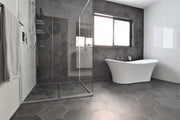
#84 - Bathrooms: Hexagonal charcoal tiles contrast against all-white walls and furniture

#83 - Main Floors: The Ele Buio runs throughout the ground floor bouncing light
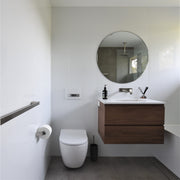
#82 - Bathrooms: Concrete grey with timber coloured vanity and all-white walls by Jenny



